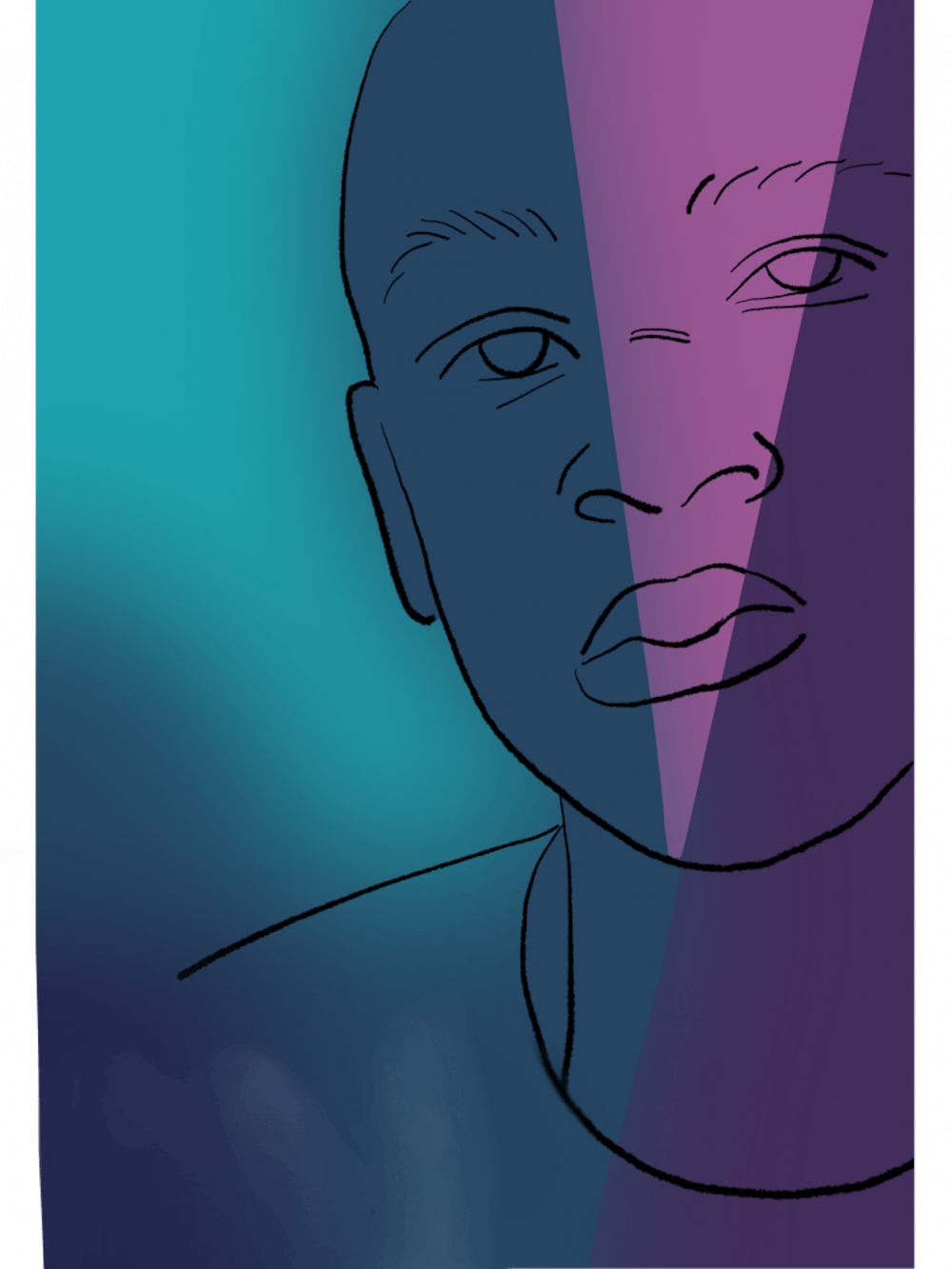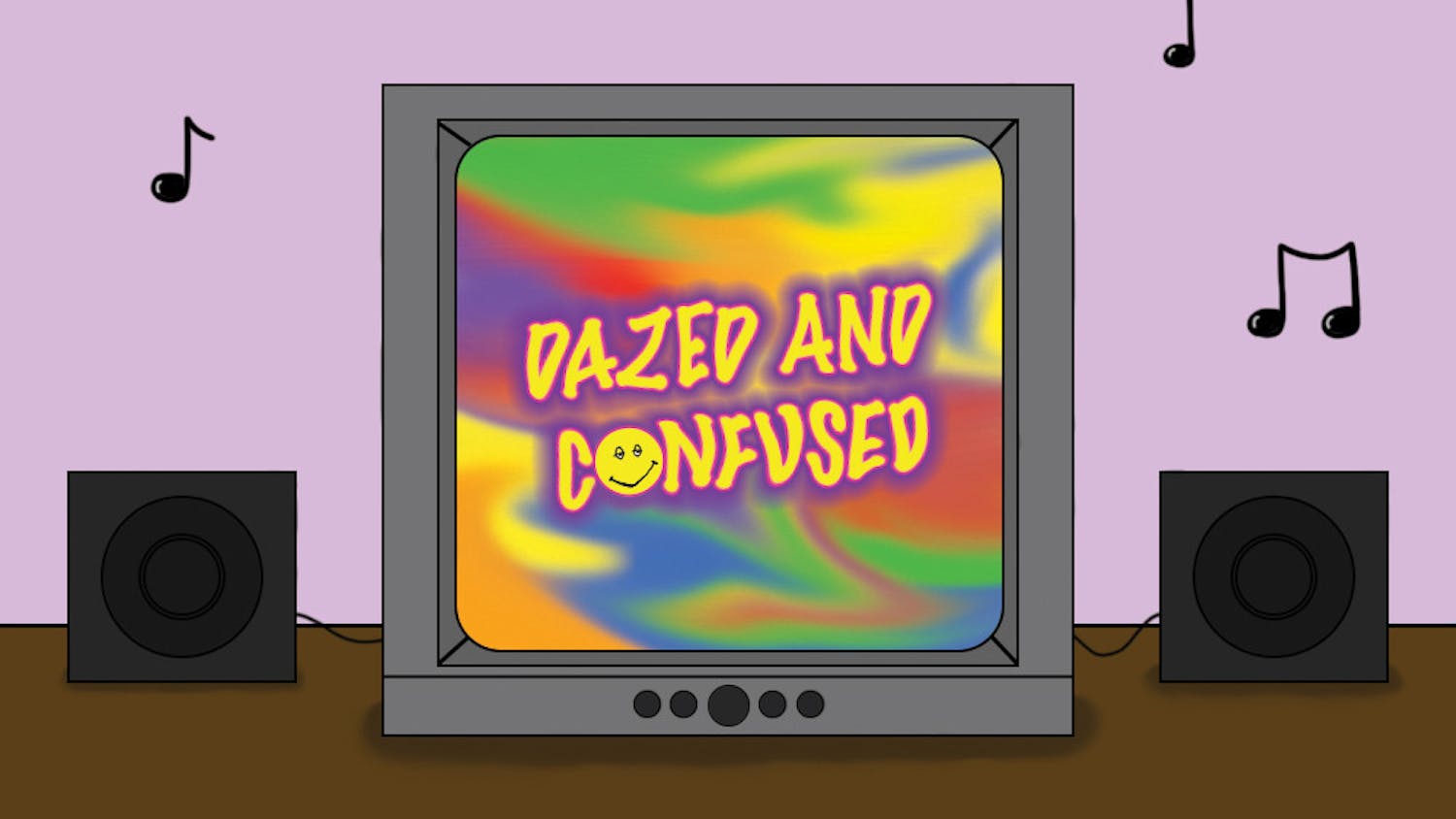On Nov. 18, 2016, a movie hit theaters. That’s not news. Movies premiere in theaters every week.
But that particular movie went on to win three Academy Awards. It was also involved in an envelope mix-up, and after La La Land was the Best Picture winner for a few minutes, Moonlight was announced as the real winner. It was the first LGBT film to win the coveted award.
But that’s old news.
Months after the monumental win, the coming-of-age film that follows the life of a gay boy into adulthood has brought about a surge in cinema: “the Moonlight effect,” as Entertainment Weekly called it. More of those stories are hitting the mainstream movie market with more set to debut in time for Oscar season, including Call Me By Your Name, which is set to debut in the U.S. on Nov. 24.
But queer narratives have always been present in cinema, Alexandra Kamody, the director of The Athena Cinema, said.
“Are there more of them now or are they just getting publicity now? Because my sense is there has always been a lot of art made about this particular topic,” Kamody said. “Maybe the public is realizing on a bigger level … that these stories deserve to be represented, and there’s an audience for them.”
Most queer films are shown in art house theaters that screen primarily from independent distributors, and there is a clear divide between mainstream and indie films, Eve Ng, an assistant professor of media arts and studies and women and gender studies, said.
Jeremy Sierra, a graduate student studying critical studies in education, saw the film through the Ohio University LGBT Center. Sierra said queer cinema would progress even more if Hollywood in general were more inclusive.
“I think they’re usually indie films not mainstream films that you will see in theaters, which I think is a step in the right direction, but I would like to see more representation in big films,” Sierra said.
The 1993 film Philadelphia starring Tom Hanks and Denzel Washington was the first queer movie Ng felt was made for general audiences. The film is about an HIV-positive man who is wrongfully fired by his law firm. The movie faced criticism because it didn’t mirror other queer films from that time.
“From a queer perspective, it was clearly made for straight people,” Ng said.
About a year before Moonlight was released, Todd Haynes’ film Carol was nominated for six Academy Awards, but won zero. The film was about two women who explore their sexuality as older women. Ng thought the movie was a step in the right direction for queer cinema and was the most highly acclaimed since Brokeback Mountain’s recognition in 2005.
Carol opened the doors for movies like Moonlight to be produced, but some distributors were still hesitant, and some critics didn’t think it would win many Oscars.
“Part of it was, ‘Well, if Carol with two white conventionally feminine women getting it on can’t win, what makes us think Moonlight, with queer men who are even more different than the mainstream white, straight audience, (is going to win)?’ — and it won,” Ng said.
When Moonlight was first shown at The Athena Cinema, it did not bring the audience Kamody was hoping. But after its first run and it started generating buzz in the cinema world, it was brought back to Court Street and was on the marquee when the film won the statue for Best Picture, an award Kamody was skeptical the movie would win.
“It wasn’t one of the ones from the beginning saying, ‘You better watch out for this,’” Kamody said. “It wasn’t anything to do with the quality of the film or how powerful and well done it was. It was just, ‘This is a little film.’”
But those little films need to reach bigger audiences to make change in cinema, Ng said. The films need to generate buzz outside of art house theaters to have a profound impact on society as a whole.
“The reality is straight, white people are the majority in the U.S. still,” Ng said. “Queer filmmakers or filmmakers telling queer stories need that support in order to not always be relegated to the art house screenings.”






